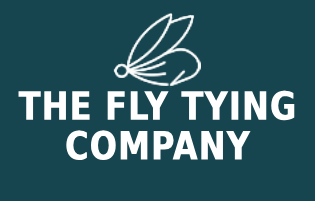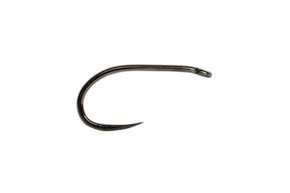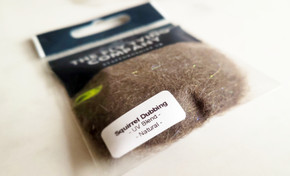Origin and History
The Red Tag is a classic attractor fly pattern, believed to have originated in England in the mid-19th century as a grayling fly. Originally tied with a wool tail, peacock herl body, and a soft hackle, it was later adopted by trout anglers for both rivers and stillwaters. Its bold red tag and natural peacock shimmer give it a strong profile in the water, making it one of the most enduring and versatile flies in UK fishing history.
Materials
- Hook: Dry or wet fly hook, sizes 12–18
- Thread: Black 8/0
- Tail (Tag): Red wool or red floss
- Body: Peacock herl
- Hackle: Brown cock hackle (dry) or soft hen hackle (wet)
Popular Variations
- Beadhead Red Tag – brass or tungsten bead for nymphing
- Dry Red Tag – tied with cock hackle for high floating presentation
- Wet Red Tag – tied with hen hackle for soft movement subsurface
- Chartreuse Tag – uses chartreuse instead of red for pressured waters
- UV Red Tag – modern twist with UV materials for added visibility
Step-by-Step Tying Guide
- Start thread behind the eye and wind to the bend of the hook.
- Tie in a small bunch of red wool or floss fibres to form the tag (tail).
- Tie in 2–3 strands of peacock herl and wrap forward to create a full body.
- Select an appropriate hackle (cock for dry, hen for wet) and tie in at the front.
- Wrap 2–3 turns of hackle and sweep fibres back for neat presentation.
- Form a small thread head, whip finish, and secure with varnish.
Seasonality & Representation
The Red Tag is effective year-round, but it shines in autumn and winter, when grayling are feeding heavily on small insects. For trout, it is equally effective in spring and summer, particularly in peaty waters where the red tag shows up strongly. It is more of an attractor than a direct imitation, but it can suggest midges, terrestrials, or drowned spinners depending on how it’s tied and fished.
Tackle and Setup
- Rod: 8–10ft, 3–5wt for rivers; 5–7wt for stillwaters
- Line: Floating line
- Leader: 9–12ft tapered, 4–6X tippet
- Setup: Fished singly, in a team of wets, or as a dry for rising fish
Summary Table
| Aspect | Details |
|---|---|
| Origin | England, 19th century (grayling fly) |
| Best Seasons | Autumn & Winter (grayling), Spring–Summer (trout) |
| Represents | Attractor; midges, terrestrials, drowned insects |
| Hook Sizes | 12–18 |
| Tackle Setup | 8–10ft rod, floating line, 9–12ft leader |












